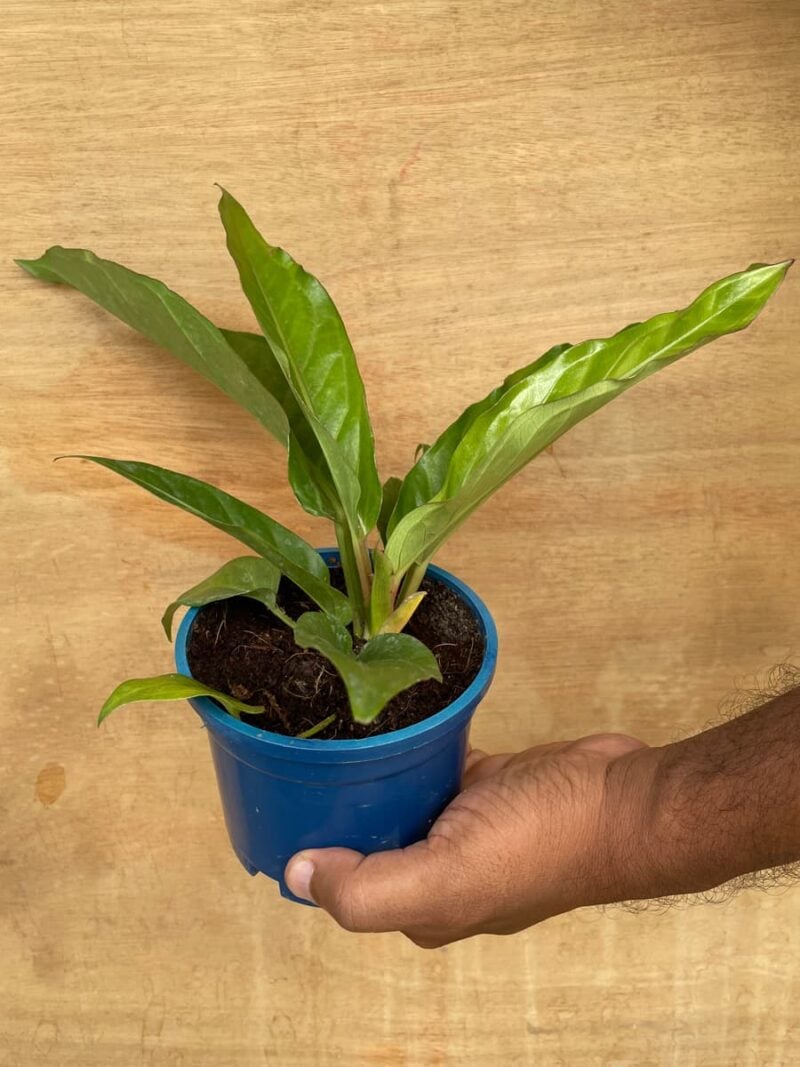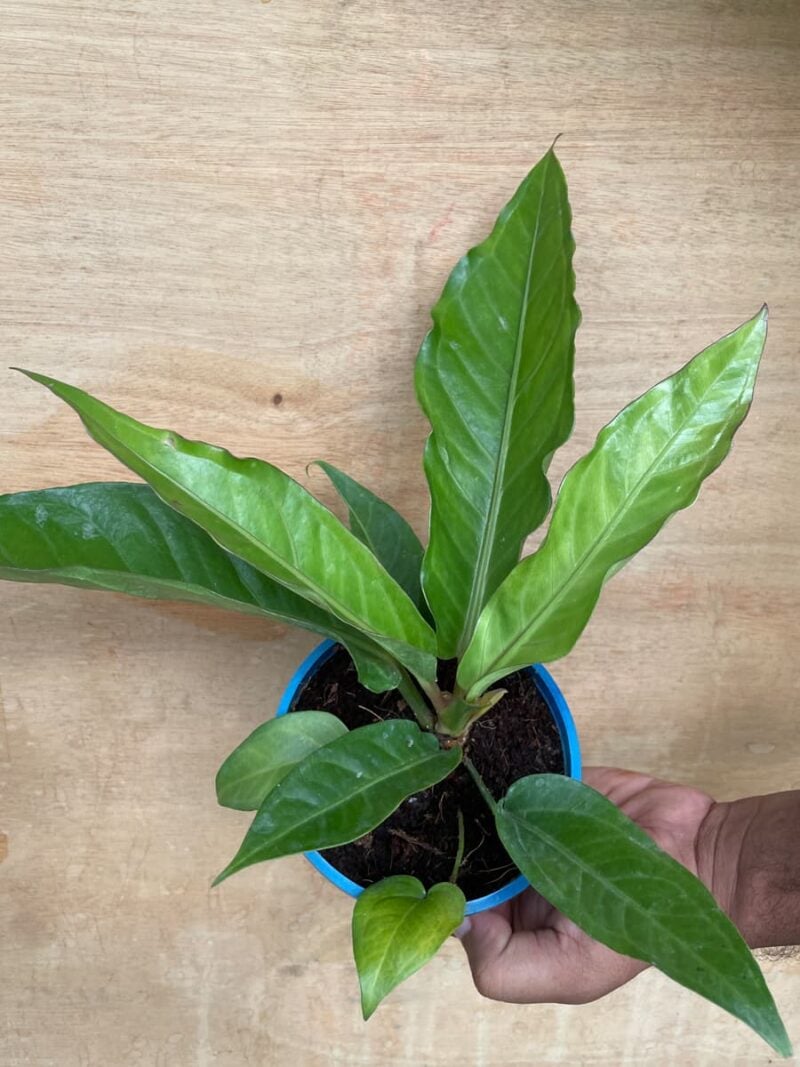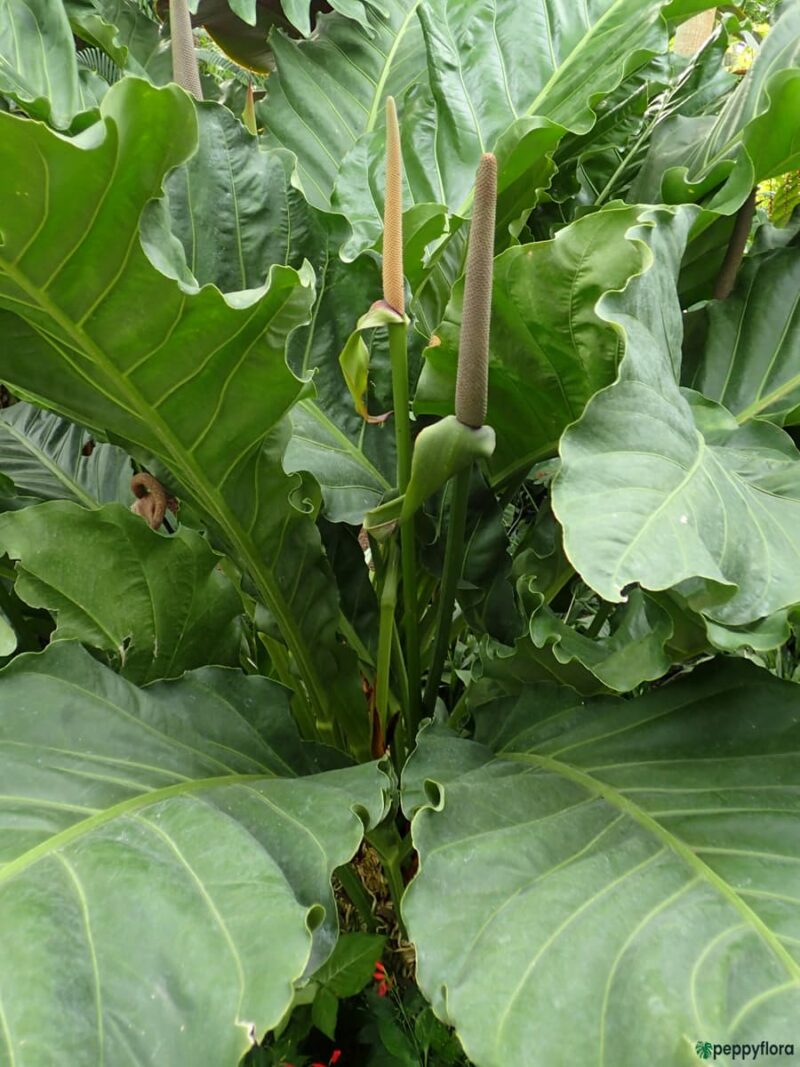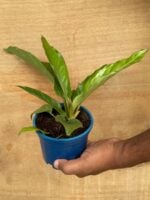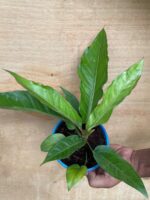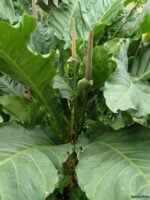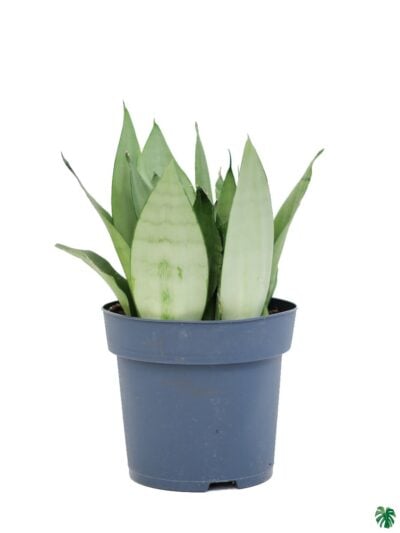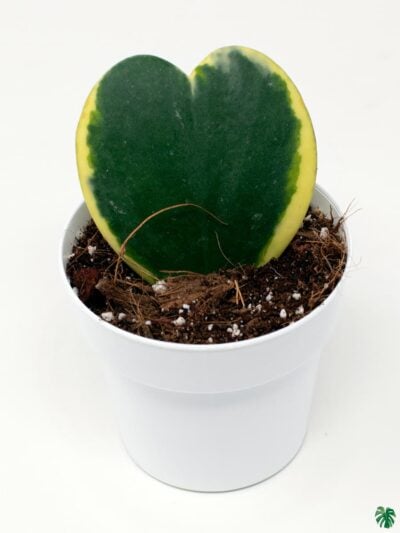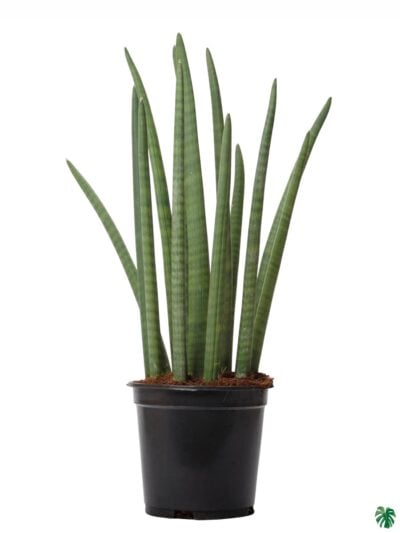Anthurium Hookeri
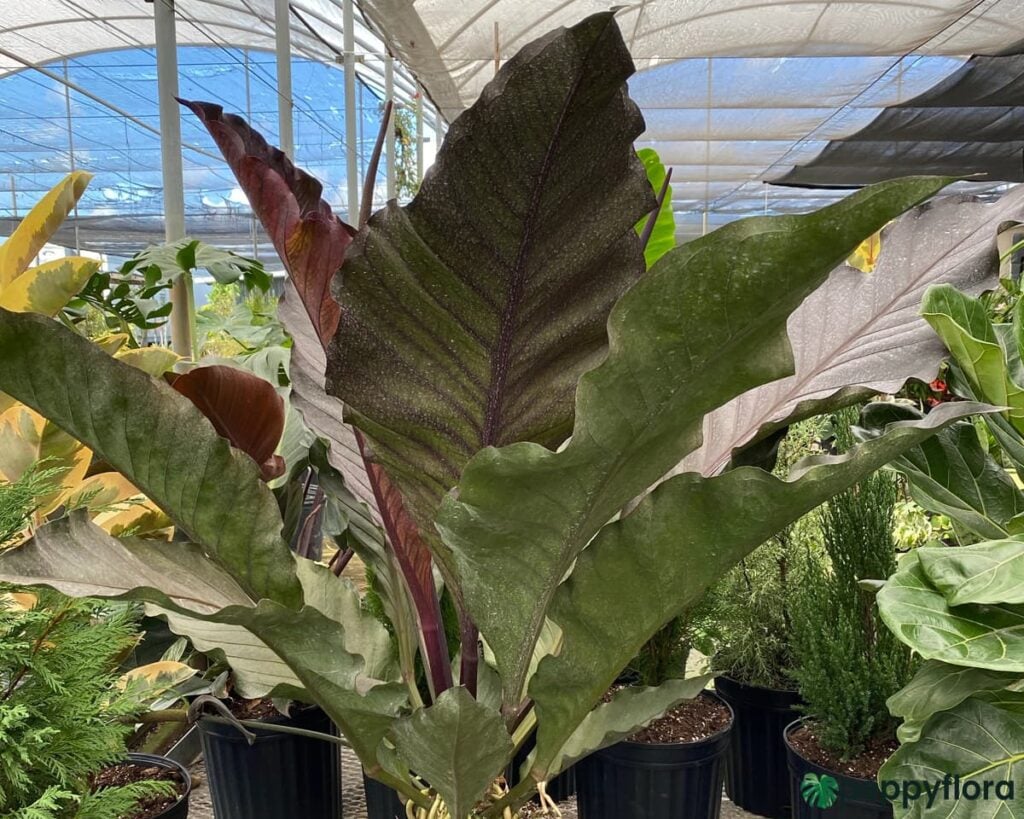
Anthurium Hookeri, also knows as the Bird’s Nest Anthurium, Anthurium Amplum, Anthurium Huegelii, Anthurium Neglectum, is a species of flowering plant in the genus Anthurium. The most sought-after form is the Tricolor Hookeri. This is the normal Anthurium hookeri that possesses some unique features which include, short internodes, dense roots, and lanceolate cataphylls. White berries are a distinct distinguishing feature of Anthurium hookeri. Similarly, the plant is also called Bird’s Nest Hookeri due to the shape of berries.
It is an aroid that grows both as an epiphyte and as a terrestrial with short stem and have triangular to D-shaped, 10-26 cm wide, 35-89 cm long leaves that are clustered at or near the apex of the stem. It blooms with green with a purple tinge spathe. The seed berries found on the infructescence are oval and oblong in shape and not red as is commonly believed, it is white. It needs to stay relatively moist, but allow it to dry out a little before watering. It likes bright, indirect sun. In its natural environment, it’s fighting through the tropical canopy for light.

